Accelerate your business with a
Data Action
Fabric
Schedule a Demo
Fabric




























Integrate
Connect systems with automatic integrations for total visibility.
Automate
Automate manual work and reduce friction with AI-workflows.
Amplify
Innovate with AI and ML to optimize and 10x your operations.
Featured Customers
Data Integration & Analytics

Finished in 2 days vs. 2 months
Whetstone needed to integrate multiple data sources to gain
visibility across their organization. Perygee's flexible
integration approach dramatically accelerated their timeline.
"Perygee incorporates AI in a way that actually works."
Finance Automation

Finance saves 1 day per week on AP
Centrix's complex Accounts Payable processes consumed valuable
time for their finance team. Perygee automated their workflow,
giving their team back critical hours.
"We get the information we need instantly, freeing us to focus on the bigger picture."